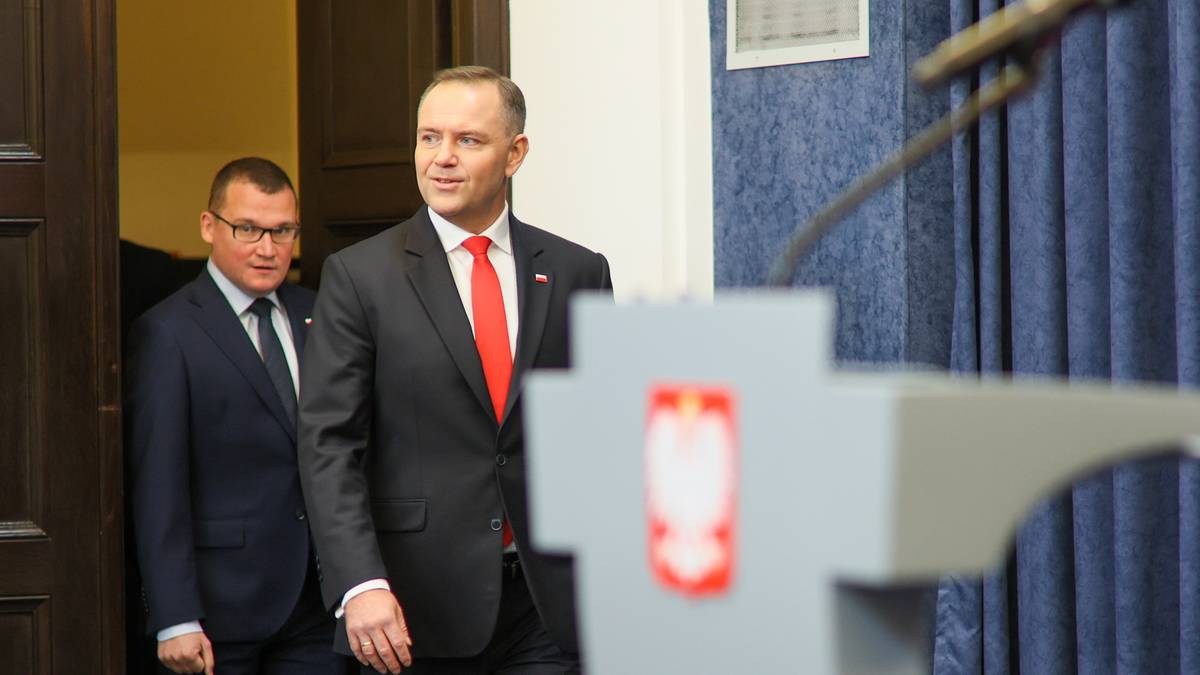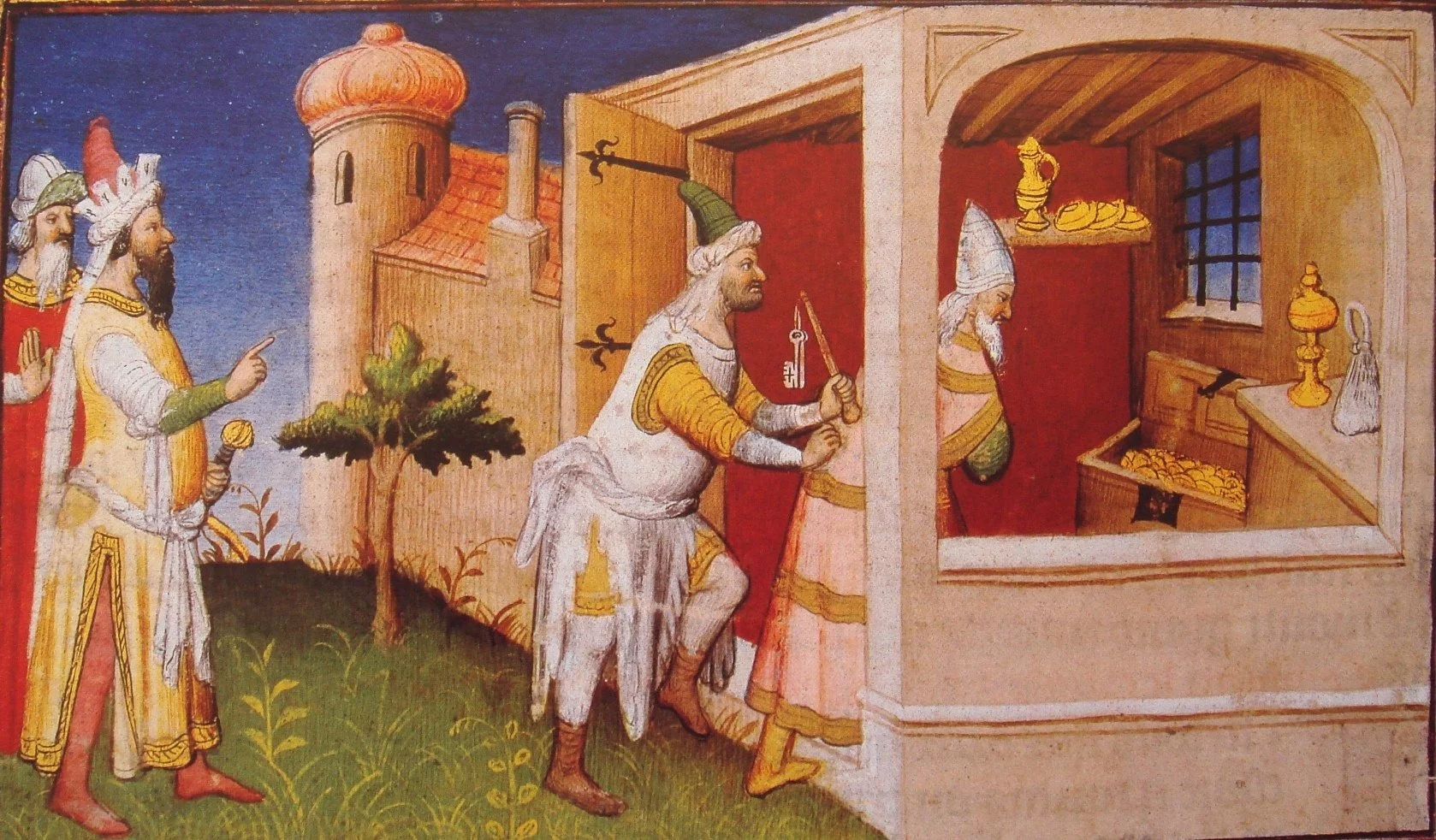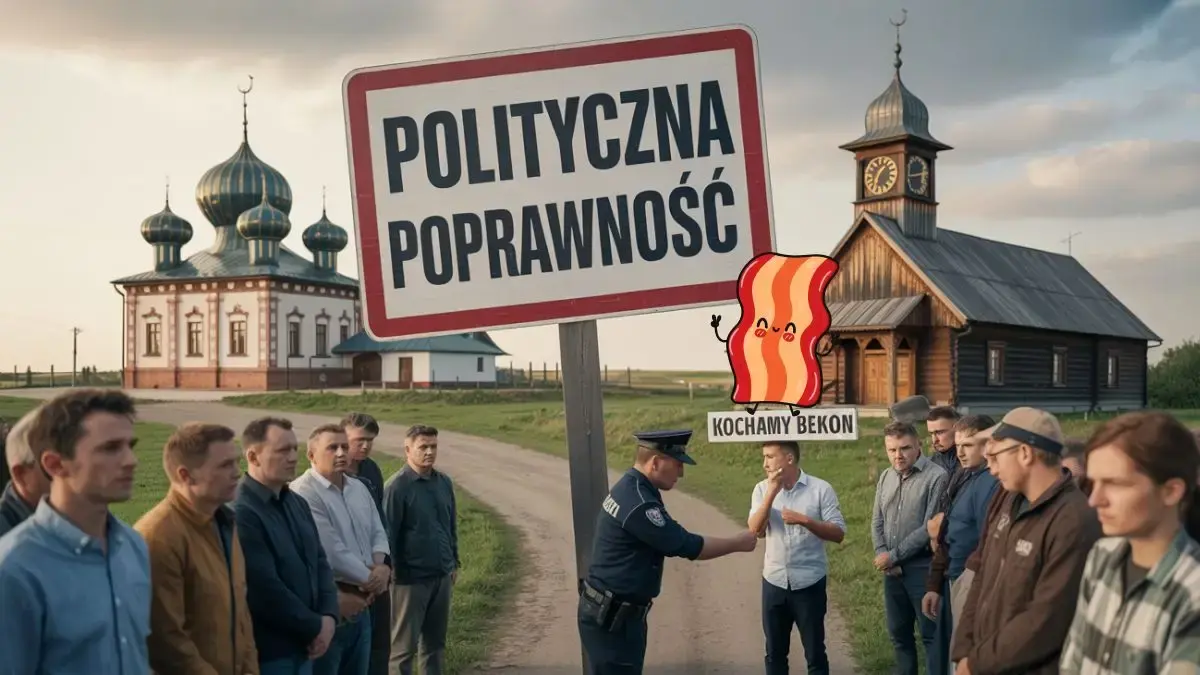Polish regions (voivode self-governments) have been the pillars of the country's economical improvement from the very beginning of our country's presence in the European Union. They are liable for a large part of the investment of the last decades! Of course, this is the top consequence of entrusting them with the implementation of the lion's part of European cohesion policy. However, it should be pointed out reasonably that the regions have clearly distinguished us in the European Union and it did not happen alone, as a consequence of hard work and a immense qualitative leap in the administration of this level.
Cohesion policy measures were intended to be a key mechanics to counter the centrifugal forces of the EU's fragmentation after a major integration phase. In 2004, the EU expanded by as many as 10 countries, which is (and will remain) the largest increase in its possible both in terms of the number of countries and population. Maintaining EU unity became a fundamental challenge. crucial differences in the economical level of the western and east associate States could seriously jeopardise the future of the fragile organism of the fresh enlarged community. Hence the importance of this policy – giving tangible material benefits to the countries that have just joined the Union, in the form of extended improvement grants (especially infrastructure) and beginning up fresh markets at the same time for the implementation of contracts so needed for EU "old" companies. The strong focus on regional competences was not accidental. It was recognised that strengthening their function would deepen the pro-European sentiments and attitudes, making local communities more credible in economical interest for further European integration. In addition, this approach has somewhat "tempered" the national states' tendency to "play on their own separateities" and their perceived reluctance to transfer competences to the EU level.
The strong emphasis on regional competences in cohesion policy was not accidental. It has been recognised that strengthening their function will deepen the pro-European sentiments and attitudes, as well as soften the national states' tendency to "play their own separate ways" and their perceived reluctance to transfer competences to EU level.
Today, however, we are in a very different situation. Over time, “new” EU members have caught up with many developmental differences (disproportion between “East” and “West” of course are inactive there, but not on specified a scale). The very hazard of disintegration due to economical inequality between the "old" and "new" EU has weakened importantly (it has moved much more to the space within individual countries, which is primarily the competence of their governments). In addition, 2 fresh factors have emerged that powerfully motivate a closer relation – Europe's global competition (and the associated search for the basis for fresh competitiveness) and the faltered safety of the continent – which is now taking place in the foreground.
Russia's attack on Ukraine, the real threat at the borders of the European Union and the US's isolationist approach powerfully united the individual EU national communities in fear of their own survival. This is, however, a sphere which is far more the work of the associate States than of the European regions (although they can carry out much more tasks than before – especially in the area of civilian protection). It is so expected that the priorities of EU integration (including policy objectives and crucial financial resources) will be redirected from cohesion to defence (or dual use) and that the beneficiary of this movement will mainly be the national level.
So what is the destiny of the regions and how can their function change in the close future? Will they proceed to be an crucial link in the process of maintaining European cohesion? Or will their duties undergo a major transformation and gotta redefine their position in a multi-level public governance system? This is undoubtedly the fresh programming period for the EU, which will start after 2027. How it will be defined will find the location of regions in relation to both European and national levels in the coming decade. Given the expanding importance of strengthening resilience and security, should they make fresh competences in these spheres too? Finally, the Scandinavian models are considered to be exemplary here, where resilience is the sum of the efforts of the full society, taking place at all levels and in all spaces of its operation. Or should regions take a more visible function in the state's improvement policy – allowing government administration to focus on the issue of playing for global competitiveness and existential safeguarding the existence and functioning of the country? Certainly, the organization possible created by the self-government voivodship could predestinate them to execute specified a function. However, the challenge will be to prove more effective in real action than the central level.
What is the destiny of regions and how can their function change in the close future? Will they proceed to be an crucial link in the process of maintaining European cohesion? Or will their duties undergo a major transformation and gotta redefine their position in a multi-level public governance system?
The function of the regions will besides specify the nature of the challenges that we face and which require consolidation (vertically and horizontally) and synergies of activities of the public sphere as a whole. In fact, even more broadly, effective cooperation besides with business and civilian society. There is no indication that the European Union should abandon its desire for green transition (although its nature and pace will surely be corrected). Concerning energy transformation, climate and the environment are so the first of specified horizontal challenges that require the engagement of public, business and social actors.
Another area is the economical competitiveness and independency of Europe. A fresh wave of protectionist regulations (although on the part of the US), but besides the request to effectively place a dam of increasing competition for Asian powers (China, India) besides request to interact and align direction at different levels. But will we be able to reconcile our national and regional interests with external threats? Is it possible to build European champions without deepening integration (the common marketplace for goods and services)? The European experience so far is not optimistic, but possibly the increasing awareness of external threats will encourage this – in an unprecedented way – in this way.
The last but most likely presently most tangible area of the multi-level game is the mentioned security, which involves both of these areas. If the immense programme of defence measures for which Europe is preparing is not only to increase our resilience to military and hybrid conflicts, but besides to give (so needed) an impetus for development, the maximum amount of expenditure should be borne by the rule dual use (double use). If we do not just want to spend this money, but do it with a head, then regional and local authorities should be a natural partner for European and national administrations. Let us learn from the Nordic countries, where infrastructure (e.g. shelters) plays the function of underground car parks or spaces for cultural and sporting activities in the time of peace, and civilian protection training is besides an chance to integrate local communities and respond to another diagnosed social problems. Are we ready for specified a decentralisation of spending these tremendous resources?
The function of the regions will specify the nature of the challenges that we face and which require consolidation (in both vertical and horizontal terms) and synergies between activities of the public, business and social sphere as a whole. These are challenges in the field of green transition, competitiveness and economical and safety and defence independency of Europe.
Certainly Polish regions, after the 4th of the century since their inception, have created a solid critical mass – they have strengthened institutionally and built a wide capacity to operate in various spheres of socio-economic life. It is worth considering how to favourably order this potential, so that, in the face of the upcoming changing conditions, not only it will not be wasted, but it has even become our driving force and has allowed to amaze Europe again, how effective Poland can be in transformation.






